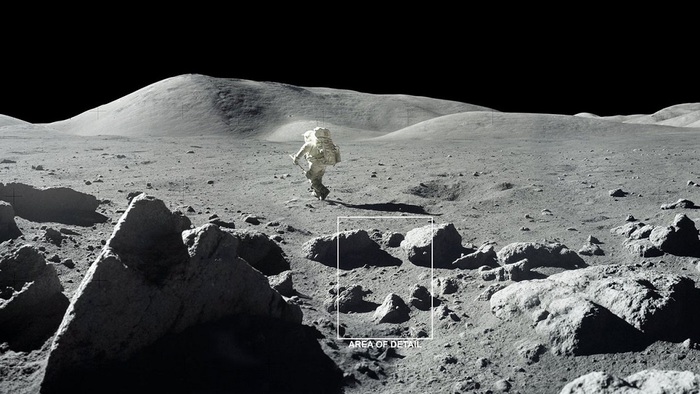On the surface of the Moon, the shadow areas created by rocks and craters could hide water in the form of frost: this is suggested by a study published in the Monthly Notices of the Royal Astronomical Society by two researchers from NASA's Jet Propulsion Laboratory (Jpl).
"Over ten years ago - recalls Bjorn Davidsson, co-author of the study together with Sona Hosseini - the possible presence of water on the illuminated surface of the Moon was detected and this data was then confirmed by NASA's Sofia mission in 2020". The 'flying telescope' installed in the fuselage of a Boeing 747SP had in fact found evidence of the presence of water molecules even in the lunar regions illuminated by the Sun, therefore outside the regions perpetually in the shadow of the lunar poles.
“Initially these observations seemed counterintuitive: water - continues Davidsson - shouldn't withstand such a difficult environment”, where temperatures can reach 120 degrees. It was assumed that water was trapped in moon rocks, but this did not agree with observations that the amount of water decreases before noon (when the Sun is at its peak) and increases in the afternoon.
To solve this problem, the JPL researchers have tried to refine their models taking into account the roughness of the lunar surface photographed by the Apollo missions: they have thus shown that rocks and craters create small shaded areas where water can resist in the form of frost. As these areas are exposed to sunlight, the water evaporates in the lunar exosphere (produced by tenuous gases that act as a thin atmosphere), from where it then cyclically returns to the surface, accumulating again in other places that in the meantime have returned to shadow. . To test this theory, Hosseini is leading a team with the goal of building ultra-miniaturized sensors to detect faint water ice signals. One such instrument is the Holms spectrometer,which can be installed aboard lunar landers or rovers.

